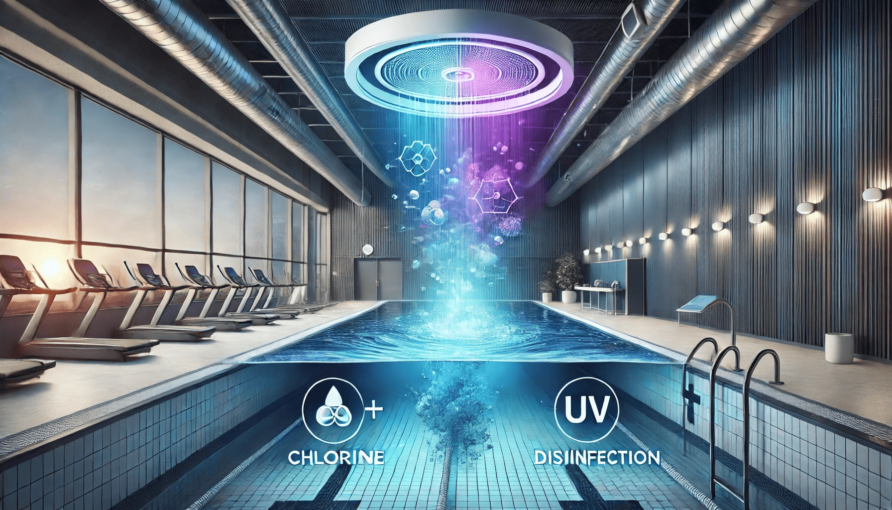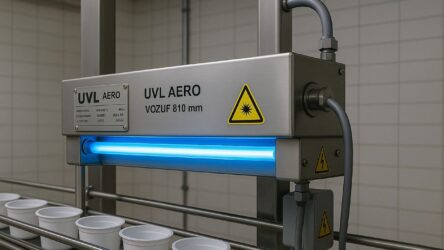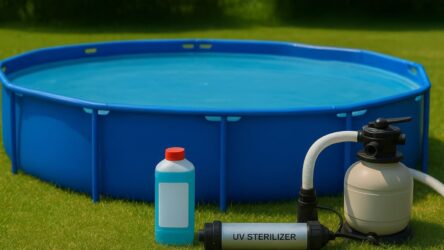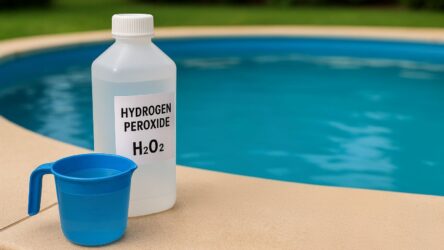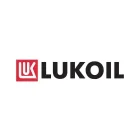The distinctive smell of chlorine in swimming pools, familiar to many since childhood, has become significantly less noticeable or even eliminated in modern sports and wellness facilities. This improvement is largely due to the integration of ultraviolet (UV) disinfection technologies, which complement traditional chlorination. This article explores how this combination enhances water quality and visitor comfort.
Effectiveness of chlorination in swimming pool water treatment
Chlorine-based disinfectants play a crucial role in maintaining sanitary conditions in public and sports swimming pools. These chemicals effectively neutralize bacteria, viruses, and other pathogens, preventing their spread. This is particularly essential in high-traffic pools, where the water treatment system experiences increased demand.
One of the key factors influencing chlorine efficacy is the water's pH balance. For instance, when the pH level is 7.0, chlorine’s disinfectant properties are approximately three times more effective than at a pH of 8.0. Thus, maintaining proper pH levels is essential for effective disinfection.
Causes of unpleasant odors and irritation in swimming pools
The strong chlorine smell and discomfort often associated with pool water are actually caused by chloramines rather than free chlorine itself. Chloramines are formed when free chlorine reacts with ammonia-containing substances introduced into the water by swimmers, such as sweat and body oils. These compounds not only reduce disinfection efficacy but also volatilize into the air, causing the characteristic chlorine odor and irritation of mucous membranes and respiratory pathways.
The role of ultraviolet in pool water treatment
Ultraviolet radiation effectively breaks down chloramines, preventing their accumulation in pool water and air. UV technology works by disrupting the molecular bonds within chloramines, rendering them harmless. Different wavelengths of UV radiation serve distinct functions:
- 254 Nm wavelength is optimal for the degradation of monochloramine and is effectively utilized in standard low-pressure UV pool disinfection systems from UVL.
- Medium-pressure UV systems emitting wavelengths up to 400 Nm are required to break down more complex trichloramines.
UV disinfection does not alter the chemical composition of water, making it a safe and effective method of improving water quality. This process significantly reduces the characteristic chlorine smell, minimizes eye and skin irritation, and ensures a more pleasant swimming experience. Prior to installing UV disinfection systems, key water parameters such as turbidity, hardness, and clarity should be evaluated. A thorough water analysis and consultation with industry professionals are recommended to achieve optimal results.
The synergy between UV and chlorine: a perfect balance
The integration of UV disinfection allows for a substantial reduction in residual chlorine concentrations. According to sanitary guidelines, the recommended chlorine concentration in pools can be reduced from 0.3–0.5 mg/L to 0.1–0.3 mg/L when used in conjunction with UV treatment. This reduction not only improves water quality but also lowers chemical exposure, leading to cost savings on chlorine-based disinfectants.
However, completely eliminating chlorine is not feasible, as it provides a residual disinfectant effect. While UV treatment inactivates microorganisms during water circulation through the disinfection unit, chlorine continues to provide ongoing microbial protection throughout the pool’s operation.
Conclusion
The combination of ultraviolet disinfection and chlorination offers an optimal balance between effective sanitation and user comfort. UV technology neutralizes harmful microorganisms, eliminates chlorine odors, and significantly enhances water quality. By reducing the reliance on chemical disinfectants, improving purification efficiency, and maintaining stable water composition, UV disinfection systems have become an indispensable component of modern swimming pool water treatment strategies.

